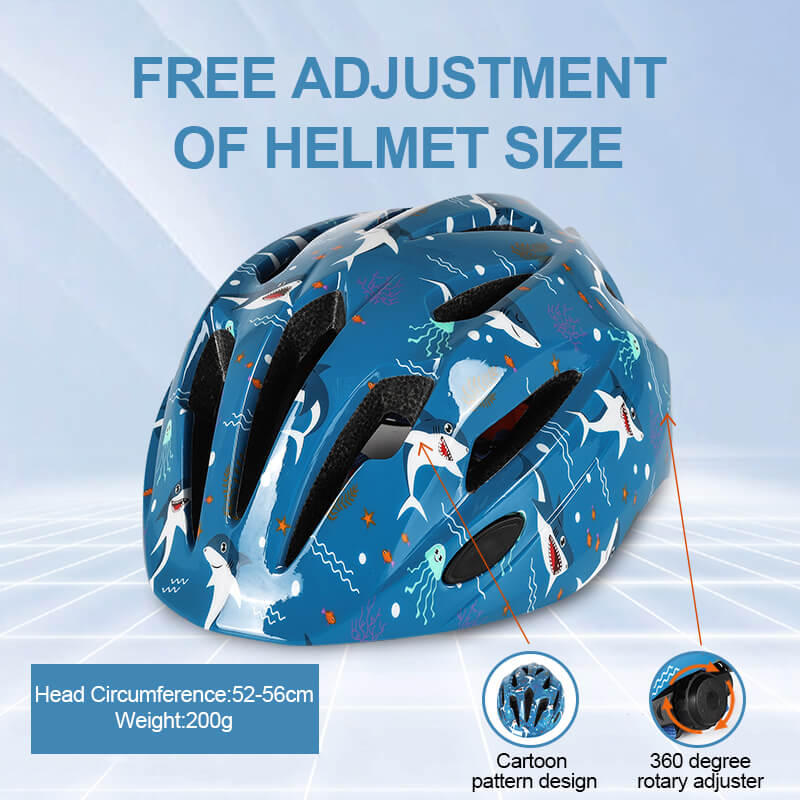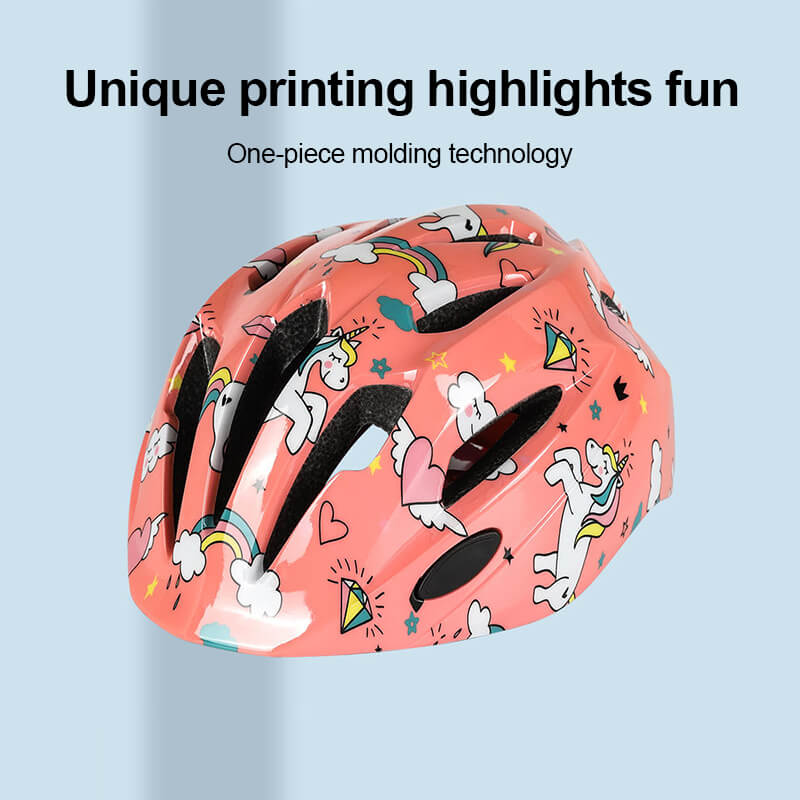Buying Guide for Kids Bike Helmet
Purchasing a properly fitting bicycle helmet is one of the most important things you can do to keep your child safe while riding. Here is a comprehensive guide to selecting the right kids bike helmet:
Fit
A helmet must fit properly to provide protection. Take your child with you when shopping so they can try on different models. The kids bike helmet should sit level on the head and low on the forehead, with about two-finger widths above the eyebrows. The side straps should form a “V” shape under and slightly in front of the ears. The chin strap needs to be securely fastened so the helmet doesn’t rotate or slide. Shake your child’s head gently – if the helmet shifts, it’s too loose.

Size
The kids bike helmet is sold by head circumference rather than age. Wrap a flexible measuring tape around your child’s head about 1 inch above the eyebrows and ears. Compare the measurement to the helmet’s sizing guide. Pay attention to the fit range – there is sometimes overlap between sizes. If your child’s measurement is on the high end of a range, size up to the next level. Re-measure about every 6 months as the head grows.
Coverage
Look for a model with wide, rounded coverage surrounding the head. Fuller coverage protects more of the head in a fall. Some children’s helmets come with optional visors, but these may interfere with peripheral vision. See-through visors can shatter on impact. For optimal visibility and safety, a visor-less model is recommended.
Ventilation
Proper flow-through ventilation keeps kids’ heads cool and comfortable while riding. Helmets typically have multiple vents across the top along with exhaust ports in the rear. Look for plenty of vent openings with an inner liner that doesn’t obstruct airflow. Removable and washable padding is a useful feature as well.

Lightweight
The kids bike helmet should be as lightweight as possible to minimize neck fatigue. Composite micro-shell constructions are very lightweight while still retaining durability. Extended rear coverage can offer extra protection without adding much weight. Avoid heavy additions like visors, which compromise safety.
Adjustable Fit
The kids bike helmet feature adjustable fit systems to customize the inner size. Common types are dial/pivot, push button, and click adjust. These allow the helmet to grow slightly along with your child’s head. Ensure the system provides a snug fit without pinching.
Safety Standards
Only purchase helmets meeting CPSC or ASTM safety standards. Approved models will have a safety certification label inside. Avoid used or hand-me-down helmets, as their protective foam breaks down over time.

Colors/Designs
Let your child help pick out their helmet – they’ll be more excited to wear it if they like the style. Many kids’ helmets now offer fun colors, patterns and graphics. Just be sure bright colors are visible to drivers. Some companies let kids customize their helmets with stickers.

Price
Budget about $30 to $60 for a good kids’ bike helmet. More expensive does not necessarily mean safer. Focus on fit and meeting safety standards. Avoid novelty “toy” helmets. Big box stores, bike shops and online retailers all carry youth bike helmets. Compare prices and models.
When to Replace
Replace any helmet that has sustained a major impact, even if no damage is visible – the protective foam is one-use only. General guidelines are to replace helmets about every 5 years due to foam break down and wear/tear on straps and shell. Check for expiration dates. As your child grows, properly hand down older helmets to younger siblings.
Getting Kids to Wear It
The best helmet does nothing if left at home! Get your child accustomed to wearing it every ride. Praise them for being safe. Never allow them to ride without it. Leading by example and wearing your own helmet teaches kids good habits. Make sure they know how cool and “grown up” it is to take responsibility for their safety. Your child will pick up on your attitudes, so be positive about kids’ bike helmet use. With patience and consistency, it will just become part of their normal cycling routine.
Investing in a high quality, properly fitted kids bike helmet is one of the wisest decisions you can make for your child’s safety. Take the time to carefully evaluate the options and get the right helmet. The peace of mind is well worth it.

